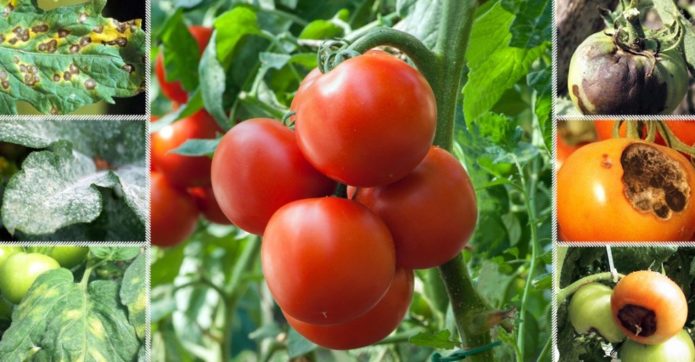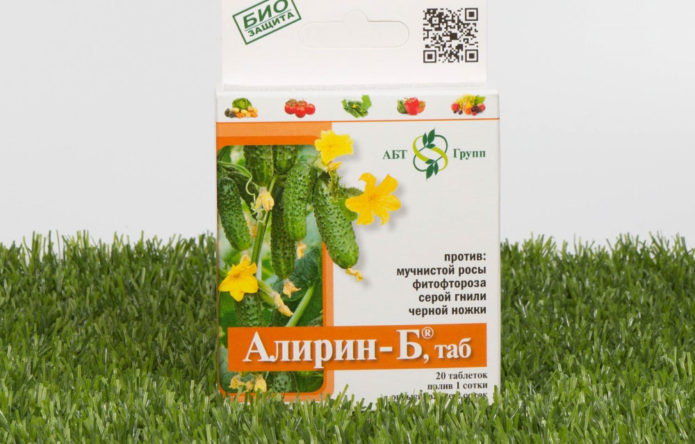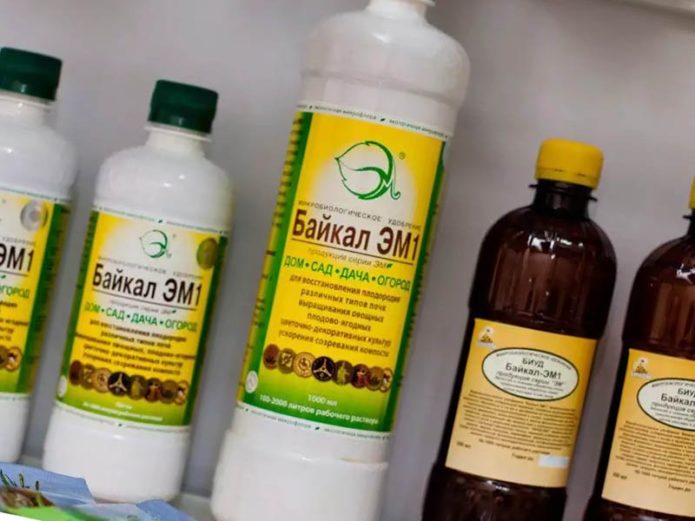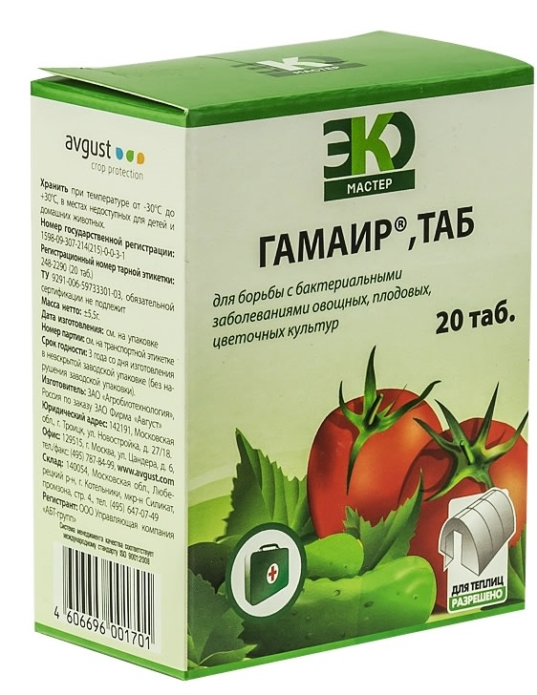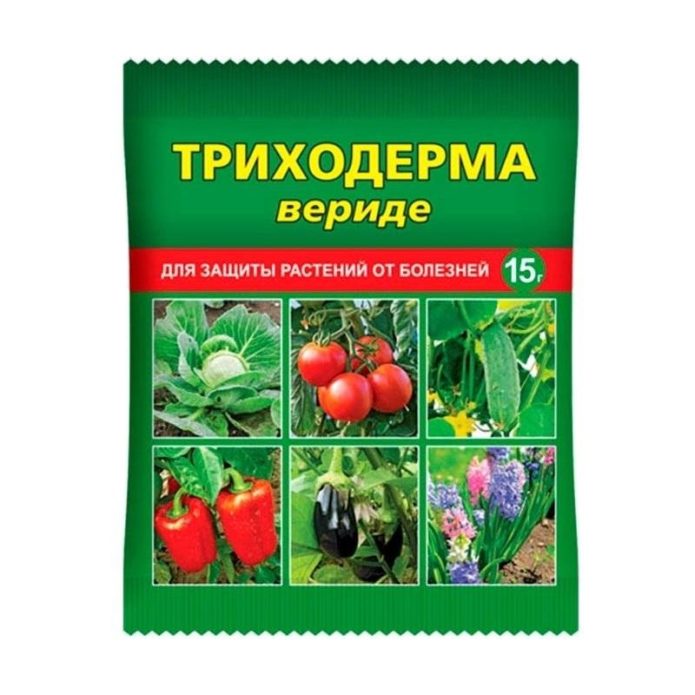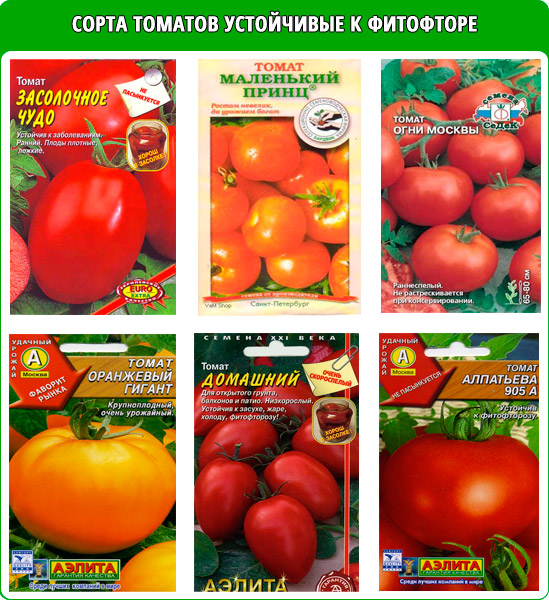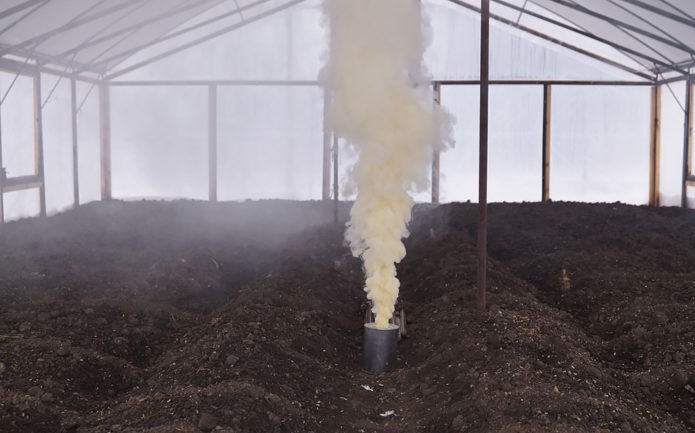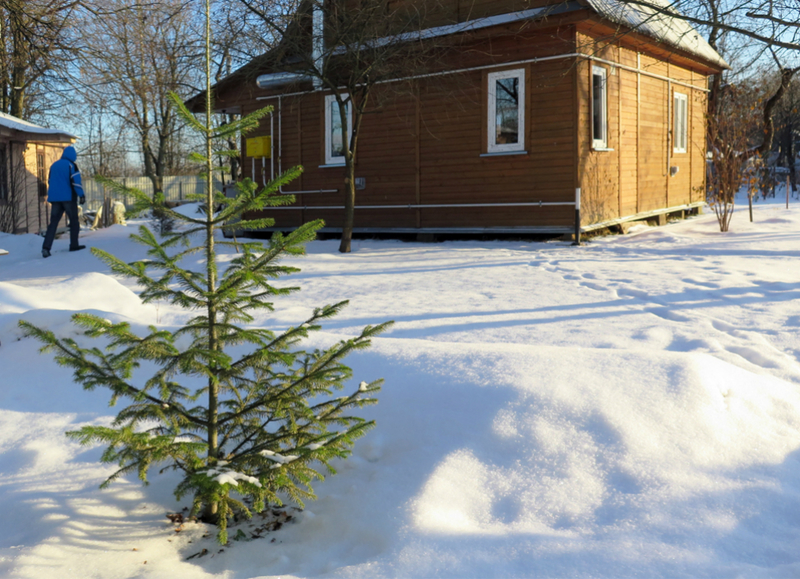Since the disease often affects tomatoes, it is worth taking them as an example. In order to prevent the death of the entire crop, it is necessary to timely carry out the prevention of late blight in a complex manner. The state of the planting is monitored at all stages of development - from sowing for seedlings to the removal of the last fruit.
Content
What does late blight look like and for which plants it is most dangerous
Late blight is not dangerous in dry and warm weather, but in cold and damp weather it develops intensively... This is observed at the end of summer, when temperature fluctuations are especially noticeable due to the nighttime cold snap. If you do not carry out plant prophylaxis in advance, the disease progresses with lightning speed.
All plants from the Solanaceae family are most susceptible to late blight:
- tomatoes;
- potatoes;
- eggplant;
- zucchini;
- nightshade;
- peppers;
- buckwheat;
- tobacco;
- sunberry;
- pepino.
Plants of other families can also be added to this list:
- strawberries,
- grapes,
- cabbage,
- cucumbers,
- bow,
- horseradish.
Preventive measures should be started already at the stage of seed preparation and continue after planting in open ground or greenhouse.
Prevention for tomato seedlings
It is required to start prevention from seeds. They act as follows:
- Dissolve 1–2 g of potassium permanganate in 100 ml of water.
- The resulting solution is etched seeds for 20 minutes.
- Then they are dried and soaked for 2 hours in water at a temperature of 60 ᵒС. During this time, fresh water is constantly added to maintain the degree. Then the seeds are removed and dried.
Before work, the landing containers and tools must be disinfected. The soil is preliminarily calcined in an oven at a temperature of 60–70 ᵒС for half an hour or spilled with boiling water. This technique helps to destroy the pathogenic fungus.
If there are a lot of seedlings, and there are not enough funds for the purchase of ready-made soil, then you can buy one package of universal soil mixture and mix it with garden compost in a 1: 5 ratio. But before that, it is watered for several days with EM-agents (agents with effective microorganisms).
It is necessary to process seedlings before planting in a greenhouse or open ground. This will increase its resistance to fungal diseases. Mineral dressings containing phosphorus and potassium help from late blight.
Recommended biological products:
- Alirin-B;
- Baikal EM-1;
- Gamair;
- Trichoderma Veride;
- Fitosporin.
They are sprayed with plants every 2 weeks. It is advisable to alternate means so that the seedlings do not develop addiction. Before planting seedlings in the garden, they are sprayed with a Bordeaux mixture.When transplanting, try not to damage the root system.
To minimize the likelihood of damage to seedlings by late blight, create a favorable microclimate:
- Greenhouse conditions with high humidity and stagnant air are unacceptable - the room is ventilated daily. In this case, a draft is contraindicated for plants.
- Water the crops as the upper soil layer dries out. It is impossible for the water to stagnate.
- If necessary, provide planting with artificial lighting. This is usually required in February - March, when the daylight hours are still short.
How to keep plants safe outdoors: a list of tips
To maximize the safety of the crop in the garden from late blight, a number of measures should be followed:
- pull out the tops after harvesting the autumn harvest and burn them outside the garden plot;
- immediately cut off the lower leaves on the bushes when they darken;
- completely remove the foliage to the first brush, as soon as the fruits begin to form (this will provide good ventilation for the bushes);
- sow green manure (peas, beans, corn) along the perimeter of tomato beds;
- cover the bushes with a film at night, if it becomes cold with the departure of the sun (this usually happens at the end of summer);
- choose a sunny place when transplanting seedlings into open ground;
- watering the culture at the root so that water does not fall on the leaves;
- do not abuse nitrogen-containing fertilizers, the emphasis is on potassium-phosphorus compositions;
- regularly irrigate plantings with copper-containing preparations (Bordeaux liquid, copper sulfate, Hom, Fitosporin);
- mulch tomatoes, which allows you to keep moisture in the soil longer and prevents foliage from getting wet;
- varieties are planted that are resistant to late blight (this does not guarantee 100% safety) or early ripening.
Since late blight first affects potatoes, it is important to exclude its close proximity to tomatoes. It is not recommended to plant tomatoes in one place for more than 4 years.
When preventing late blight on tomatoes in the open field, it is equally important to properly prepare the soil for planting seedlings. The site is cleared of plant debris in autumn, which is burned outside the territory. And in the spring, the soil is dug to a depth of 10-15 cm, since the fungus settles in this very range.
Prevention of late blight on tomatoes in a greenhouse
Greenhouse plantings are less likely to be affected by late blight than in the open field... This is due to the ability to control the temperature and humidity conditions. But this does not exclude the need for preventive measures.
When growing crops in a greenhouse, it is important to thoroughly clean and disinfect the interior space (walls, frames, windows and other structural elements) before planting seedlings. For this, all surfaces are sprayed with an EM-preparation (for example, "Baikal"). You can fumigate the greenhouse: put a piece of woolen cloth in a bucket of embers. At the end of June, the greenhouse is treated with Zircon or Fitosporin.
After digging the planting holes for seedlings, fill them with a solution of copper sulfate (1 tablespoon per 10 liters of water) or pour a handful of river sand into each hole. Sprouts are distributed at such a distance that adult tomato bushes do not touch each other. 2-3 days after planting, the seedlings are watered with the following solution: 35 drops of iodine and 1 tbsp are diluted in 10 liters of water. l. potassium chloride. The consumption of funds for one landing is 500 ml.
Folk remedies
Adherents of environmentally friendly vegetable growing should pay attention to folk recipes that are effective against late blight (applied by the root method):
- dissolve one bottle of propolis tincture in 1 liter of water;
- mix whey and water in equal proportions;
- add 1 liter of low-fat milk and 17 drops of iodine to 10 liters of water;
- insist chopped garlic (100 g) in water (200 ml) for about two days.
For foliar processing, you can soak rotten straw (800 g) in 10 liters of water and add a handful of urea. Insist 3 days, filter and spray the plant twice a month.
A complete replacement for copper-containing products will be a piece of copper, which is placed under each landing.
Additional measures that are taken to prevent late blight:
- as they grow, they tie the shoots to a support so that they receive enough light and oxygen, and also do not come into contact with the ground;
- to avoid an increase in humidity, open the greenhouse daily for ventilation;
- if the nights are cold, then heaters are installed inside;
- the plantings are systematically fed with complex mineral compositions containing iodine, copper, manganese, potassium and phosphorus;
- water the plants in the morning or evening to prevent burns on the foliage;
- regularly loosen the ground under the bushes to improve aeration.
Video: prevention of late blight with folk and traditional methods
With a massive defeat of beds by late blight, all the bushes should be uprooted and disposed of. After that, the soil must be sprayed with any systemic fungicide. But if you adhere to the proposed recommendations for prophylaxis, then the chances of avoiding a collision with late blight increase significantly. The proposed methods are suitable for all plants susceptible to this fungal disease. If the problem already exists, use effective folk and chemical remedies.
